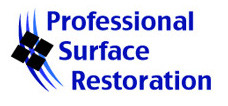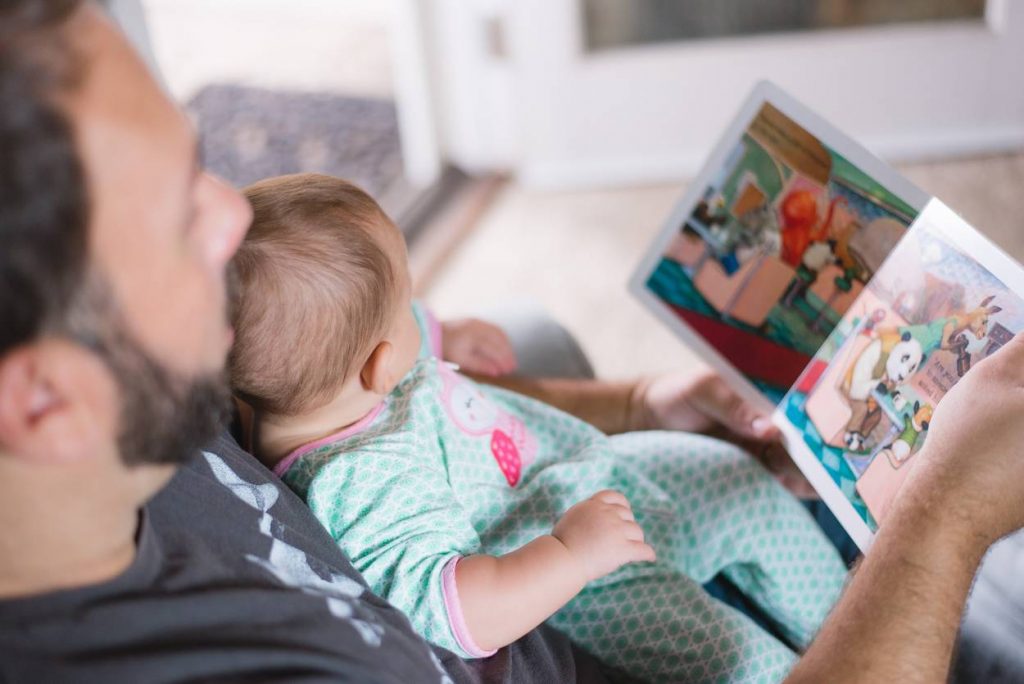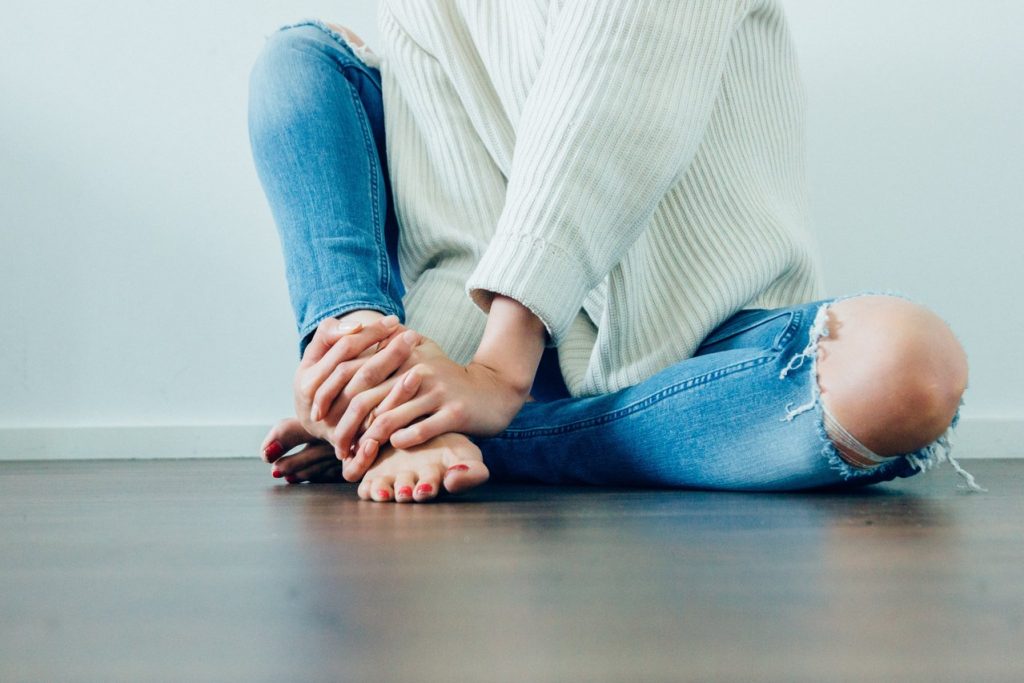 Many people know that vacuuming is a crucial element of clean carpets. But when it comes to carpet cleaning, what often goes unrecognized is the fact that a carpet is a large air filter, catching airborne particles and holding them in until it cannot work anymore. The truth is that using a standard vacuum cleaner is not enough to eliminate the amount of dirt, dust, pet dander, and bacteria that can build up in a carpet over time. In reality, vacuuming barely does more than force the dust and debris up into the air and stir them around.
Many people know that vacuuming is a crucial element of clean carpets. But when it comes to carpet cleaning, what often goes unrecognized is the fact that a carpet is a large air filter, catching airborne particles and holding them in until it cannot work anymore. The truth is that using a standard vacuum cleaner is not enough to eliminate the amount of dirt, dust, pet dander, and bacteria that can build up in a carpet over time. In reality, vacuuming barely does more than force the dust and debris up into the air and stir them around.
You could use a dry cleaning formula and a machine that works the powder into the carpet fibers, but in reality, this doesn’t do much more than clean the first third of your carpeting; it doesn’t reach down to the base of the carpet.
Deep-cleaning your carpets not only helps your carpets stay clean and healthy, but it also makes them last longer and keeps the air in your home cleaner too. When it comes time to schedule a deep cleaning for your home, here are the three most essential elements of deep cleaning to keep in mind.
Proper Cleaning Formula
No one wants to wait all day for a carpet to become clean, and the only way to avoid it taking what seems like forever is to make sure you use cleaning formula that is suited to your carpet’s needs. Since the wet cleaning process requires a reaction between chemicals, the more soiled the carpet is, the more concentrated the chemical solution must be to complete the reaction in a moderate amount of time.
High-Pressure Agitation and Penetration
Like the use of a good cleaning solution, high-pressure agitation helps accelerate the chemical reaction, so you are not stuck waiting for too long. Besides speeding up the momentum of the process, the purpose of high agitation and penetration is to completely and evenly cover the carpet fibers with the cleaning solution and to eject any dirt particles that may be stuck to or inside the fabric.
High Temperature
Last, temperature is probably the most important aspect of this procedure. Just as applying high-pressure penetration and the use of the proper solution, high temperatures can accelerate chemical reactions. When the heating solution is hot enough, carpets need less chemicals/cleaning solution and have shorter clean-up time. Using a hot solution also helps fabric dry faster and reduces surface tension in the cleaning solution, which aids soil elimination.
Contact our team today to schedule a free, no-obligation demonstration of our amazing natural stone cleaning system in Toledo for your home or business.

 Carpets can act as a room-sized air filter. They capture toxins in the air and trap them within fibers and release them when you vacuum or walk across the room. Most people think
Carpets can act as a room-sized air filter. They capture toxins in the air and trap them within fibers and release them when you vacuum or walk across the room. Most people think  Hardwood floors are a sought-after feature in any home. They’re beautiful, classic, and add value to a property. However, they can also be difficult to clean. Proper maintenance and upkeep of your wood floors can make all the difference in how long they look like new. Below are the best ways for cleaning wood floors to keep them shining bright for life.
Hardwood floors are a sought-after feature in any home. They’re beautiful, classic, and add value to a property. However, they can also be difficult to clean. Proper maintenance and upkeep of your wood floors can make all the difference in how long they look like new. Below are the best ways for cleaning wood floors to keep them shining bright for life.